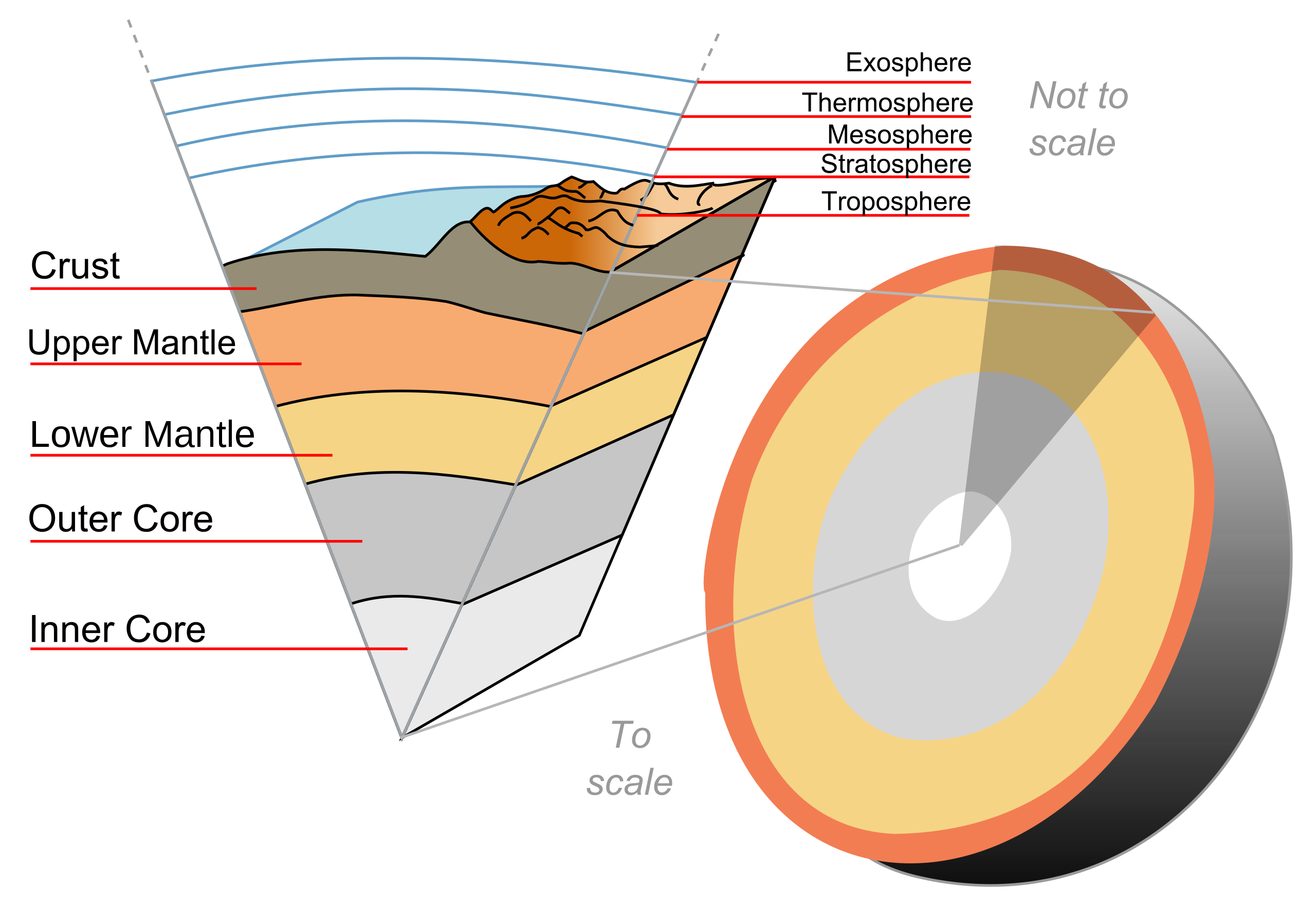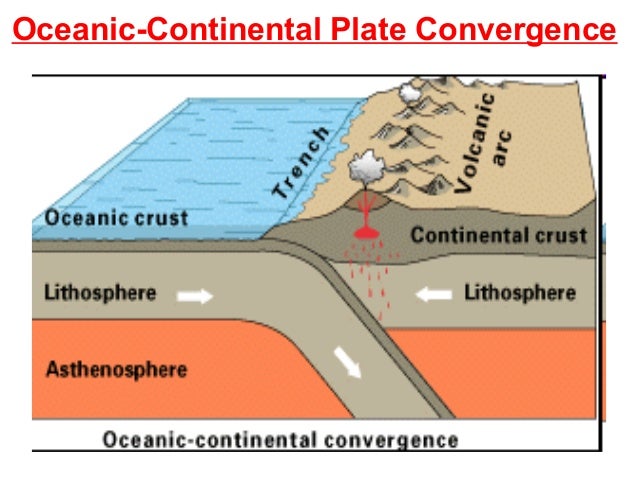Structure of Earth
10SCIE - Geology
Finn Le Sueur
2024
Ngā Whāinga Ako
- To recall the layers of the Earth
- Be able to distinguish between oceanic and continental crust
Structure of Earth
- Earth is a large sphere of gasses, liquids and solids flying through space.
- These different components are arranged in layers.
- Each layer has a specific role in supporting life and keeping our planet in a constant state of change.
Only write down the highlighted lines.

Sketch this diagram into your book
Pātai: What is Earth made of?
- If it were possible to dig to the centre of the Earth, what would you find?
- Crust: The rocky, outer layer beneath your feet.
- Mantle: The semi-liquid, very high temperature layer below the crust.
- Core: The layer at the centre. This layer is divided into two sections, the liquid outer core and the solid inner core.
The Crust
- There are two types of crust that separate us from the extremely hot mantle below our feet. The first we are very familiar with, and the second is obvious once pointed out!
- Oceanic Crust is 5-10km thick and made up mostly of denser rocks like basalt.
- Continental Crust is 30-50km thick and made up mostly of less dense rocks like granite.

The Core
- Outer Core: Around 2,200km thick and made of molten nickel and iron (around 4,500C). It spins around as Earth rotates and is responsible for Earth’s magnetic field.
- Inner Core: It is solid and around 1,250km thick. It is around 6,000C but is under such great pressure that it remains solid (not liquid).

How Dense is Earth?!
- Different parts of Earth weigh different amounts (duh), and these different densities are very important when it comes to keeping Earth going!
- Continental Crust has a density of around \(2.7g/cm^{3}\) (mostly granite)
- Oceanic Crust has a density of around \(2.9g/cm^{3}\)
- Mantle has a density of around \(3.3g/cm^{3}\)
- If our crust was more dense than the mantle we would sink into it!
So What?
- The core of Earth is hot, very very hot, and this drives convection currents
- These convection currents move the crust around (very slowly)
- The moving crust creates volcanoes, earthquakes, helps drive biological evolution and helps life live at the bottom of the ocean!
